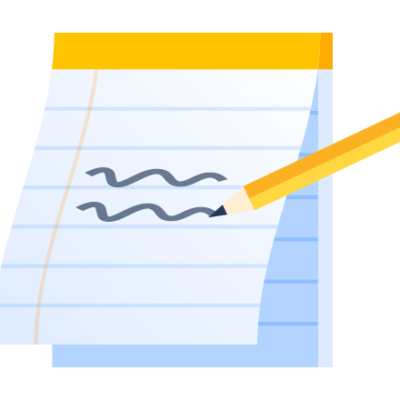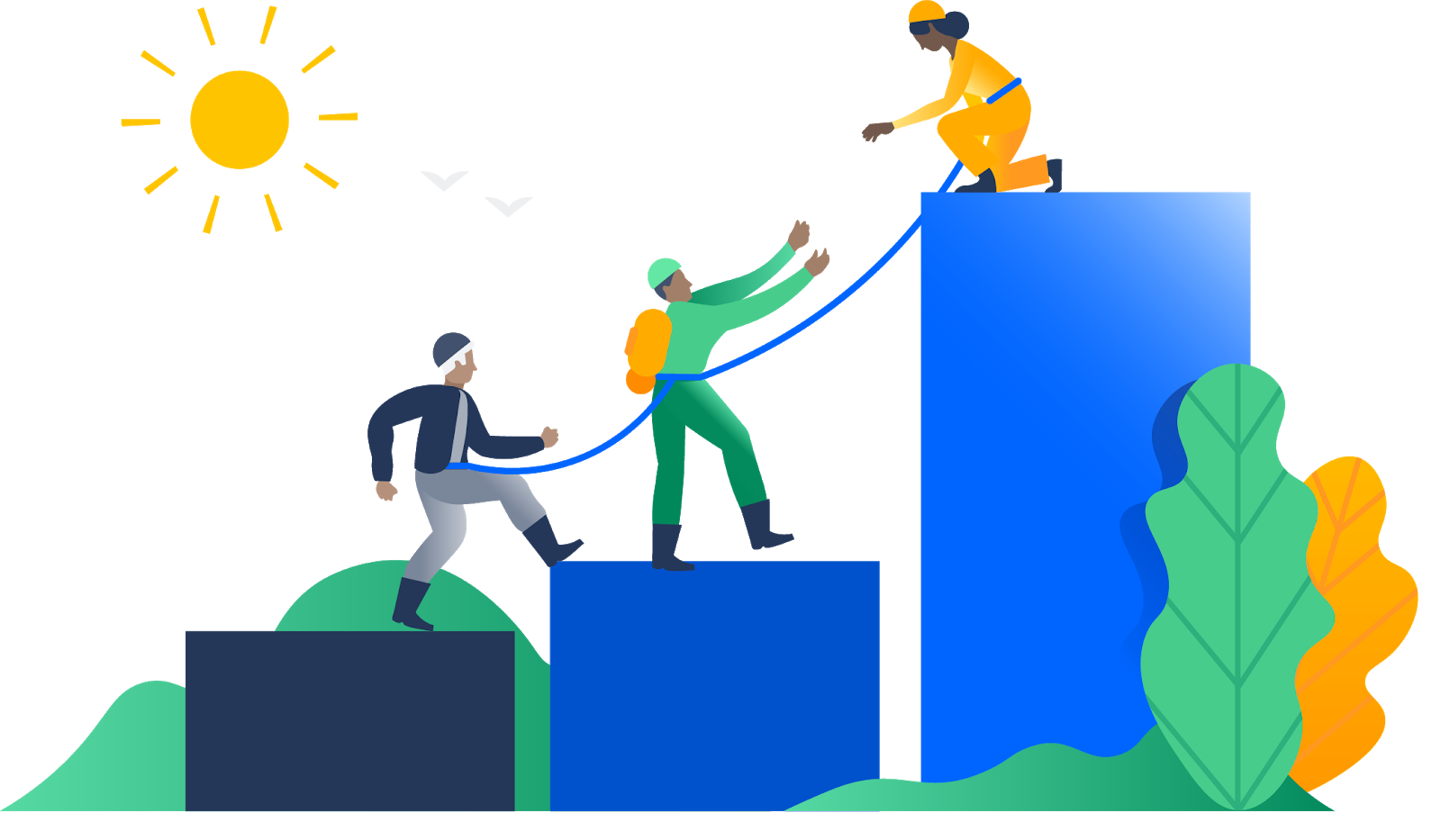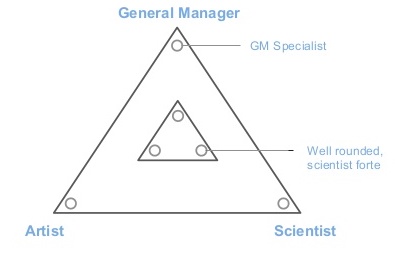4 ways tech teams can promote diversity in the workplace
Hear from the Head of Product for Confluence Cloud on the 4 tips she has used to hire more diverse teams in the tech industry.
I’ve been on a lot of teams in my journey from a software engineer to head of product for Confluence Cloud. All of the best ones have had one thing in common: they were comprised of people from different walks of life who could view the world from different perspectives. So naturally, when I started hiring my own teams, I knew promoting diversity at the workplace would be a priority for me.
When I joined Salesforce as a senior product manager in 2008, the company’s growth was just about to explode. I started off with three or four people on my product team, but ended up having 20 more. Then, when I joined Atlassian I found myself in a similar position when I hired the majority of the people who are now on my team.
Last month, I was on the podcast Seeking Wisdom, where I spoke with host Maggie Crowley about how I’ve been able to build a diverse workforce in an industry that’s traditionally struggled to do so. Here are a few of the strategies I’ve used that helped me hire the fantastic team I have today.
1. Get your job postings right
There are very few quick fixes to building diversity at the workplace. Most often, it involves the slow process of changing company culture. But there is one tactical thing that you could start doing today to make a huge difference in what kind of applicants you’re attracting: make sure that your job listings are inclusive.
Though you probably don’t set out to write job descriptions that exclude applicants based on their gender, sexuality or race, we all have unconscious biases that shape the way we use language.
 For example, in 2011 a group of scientists from the University of Waterloo and Duke University studied the language used in listings for jobs in both male-dominated and female-dominated fields. They found that descriptions for jobs in male-dominated fields, such as software engineering, were much more likely to use language that people traditionally associate with masculinity, such as “competitive” and “dominate.”
For example, in 2011 a group of scientists from the University of Waterloo and Duke University studied the language used in listings for jobs in both male-dominated and female-dominated fields. They found that descriptions for jobs in male-dominated fields, such as software engineering, were much more likely to use language that people traditionally associate with masculinity, such as “competitive” and “dominate.”
That’s why, when writing job descriptions at Atlassian, we use Textio, a software that analyzes word choice and gives you tips to make your writing less biased. It flags words that aren’t neutral or that may be coded to exclude certain applicants so that we can ensure our job ads are welcoming to everyone.
2. Lead by example
Organizations with a diverse set of leaders are more likely to attract diverse applicants. I’ve seen it myself: When I was one of the few female product managers at Salesforce, I had more women on my team than on any other product team at the company.
The notion that diversity attracts diversity is also backed by concrete research. According to a study by Glassdoor, two-thirds of people said that diversity at the workplace is an important factor when it comes to seeking or accepting jobs. It makes a lot of sense. People want to be on teams where they feel like they belong and where they know there won’t be barriers to their moving up in the company.
 One way that you can immediately signal to applicants that they’ll be welcome in your company is by making sure that you have a diverse interview panel. It helps solve a problem I hear about from women and people of color all the time: they don’t feel connected to their interviewers and they can’t see themselves fitting in.
One way that you can immediately signal to applicants that they’ll be welcome in your company is by making sure that you have a diverse interview panel. It helps solve a problem I hear about from women and people of color all the time: they don’t feel connected to their interviewers and they can’t see themselves fitting in.
3. Don’t forget about cognitive diversity
It’s well established that demographic diversity, meaning diversity in terms of gender, race, age, sexual orientation, and physical ability, creates more effective teams.
But another, more subtle aspect of diversity is cognitive diversity. This means having a balance of different kinds of thinkers on your team, who come from different career backgrounds and have different strengths, weaknesses, and personalities.
When hiring for cognitive diversity, a chart created by our Vice President of Product, Joff, always comes to mind. The chart is based on the idea that all of us have some combination of the following qualities: general manager, artist, and scientist. The extremes of each of these qualities lie at each point. Joff once told me that a perfect PM would fall exactly in the middle of the triangle, with a balanced mixture of these skills.

But, how likely is it to find that perfect PM? (Not likely). Every PM has their own natural qualities and skills that make them skew toward one point or another. The key then to a great team becomes hiring people whose qualities complement each other.
In my own experience, there have been times when I’ve turned down great applicants that were heavily analytical because there were too many people with similar strengths on my team. It can be a hard lesson to learn, but it’s just as important to find someone who’s the right fit for your team as it is to hire someone with impressive qualifications.
It’s just as important to find someone who’s the right fit for your team as it is to hire someone with impressive qualifications.4. Let people be themselves
Once you’ve hired your team, it’s important you retain them. One way that we foster a sense of community at Atlassian is by encouraging people to bring their true and authentic self to work each day. Since we spend much of our time at work, it needs to be a place that people feel they belong.

At Atlassian, we operate on a philosophy of open work. Confluence pages are 100 percent accessible as long as they don’t contain sensitive legal information. New hires are invited to write an intro blog in their first couple of weeks to help others get to know them.
Employees are also encouraged to keep up personal blogging throughout their time at the company. Over the years, people have written about being transgender at work, fighting cancer and other deeply personal experiences. It’s these kinds of practices that help people support each other and celebrate the diversity in their teams.
If you want to hear more about diverse team building, tune in to Seeking Wisdom to hear my full interview.











































